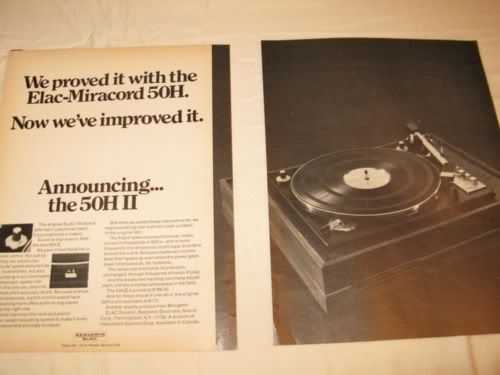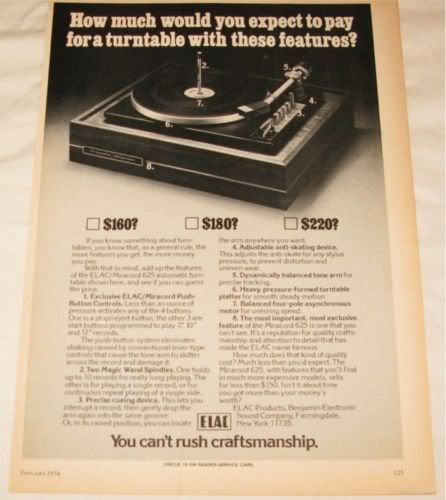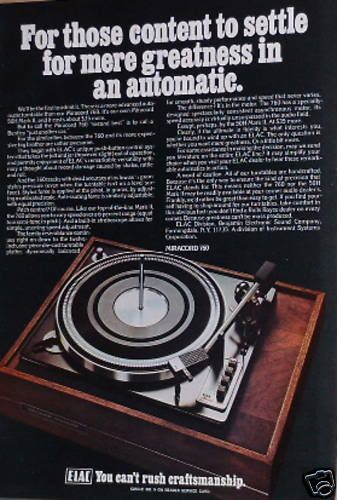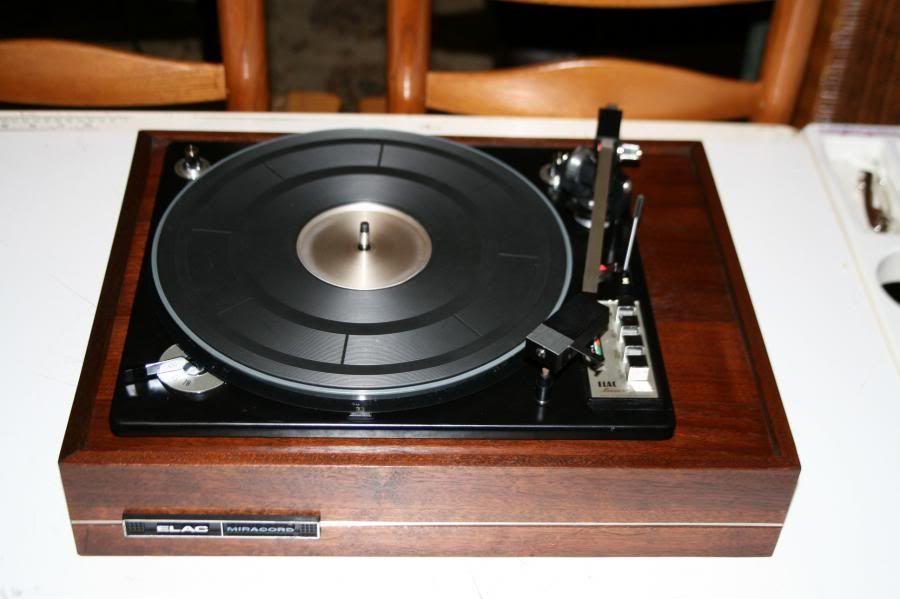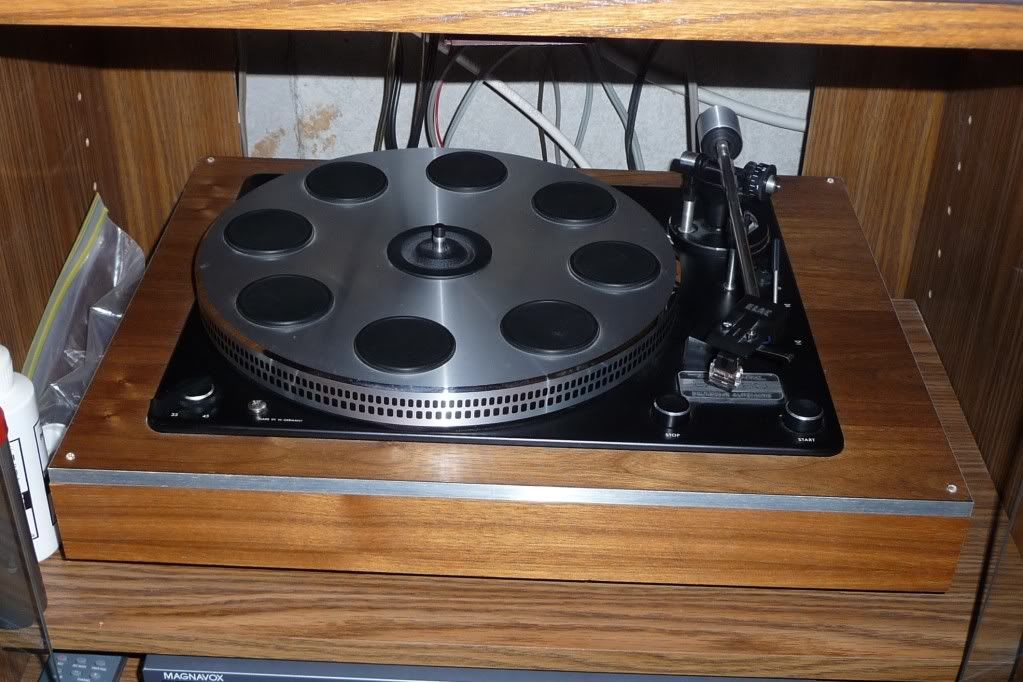Amcrebelfan
Super Member
Sorry you're not local -- I'd fix your Duals for ya. Just refurbed a 1229 that had been sitting in a shed for ages. Had to jury rig a speed selector knob because someone snapped the old one off. Works great now. Also recently rebuilt a 1219 where the plastic stepped speed control had been cracked apart. Managed to get it back together with epoxy. It's a great feeling seeing them play records again.
Two years ago, there's no way I could've tackled either of those. That's what experience and perseverance will do. With Duals, so long as nothing plastic breaks on them, it's really just lube and learning the mechanism. And even when the plastic stuff breaks, they can still be jury-rigged to work.
That said, now that I've gotten my 50H hum free, I've been listening to it all day. Mounted a Stanton 681 on it and it has some slammin' bass response! Sweet table. It's going to replace my trusty old 1229 as the idler drive of choice in my system.
I bet that 50h sounds great. I wish I were local too, hate having these sit idol.



